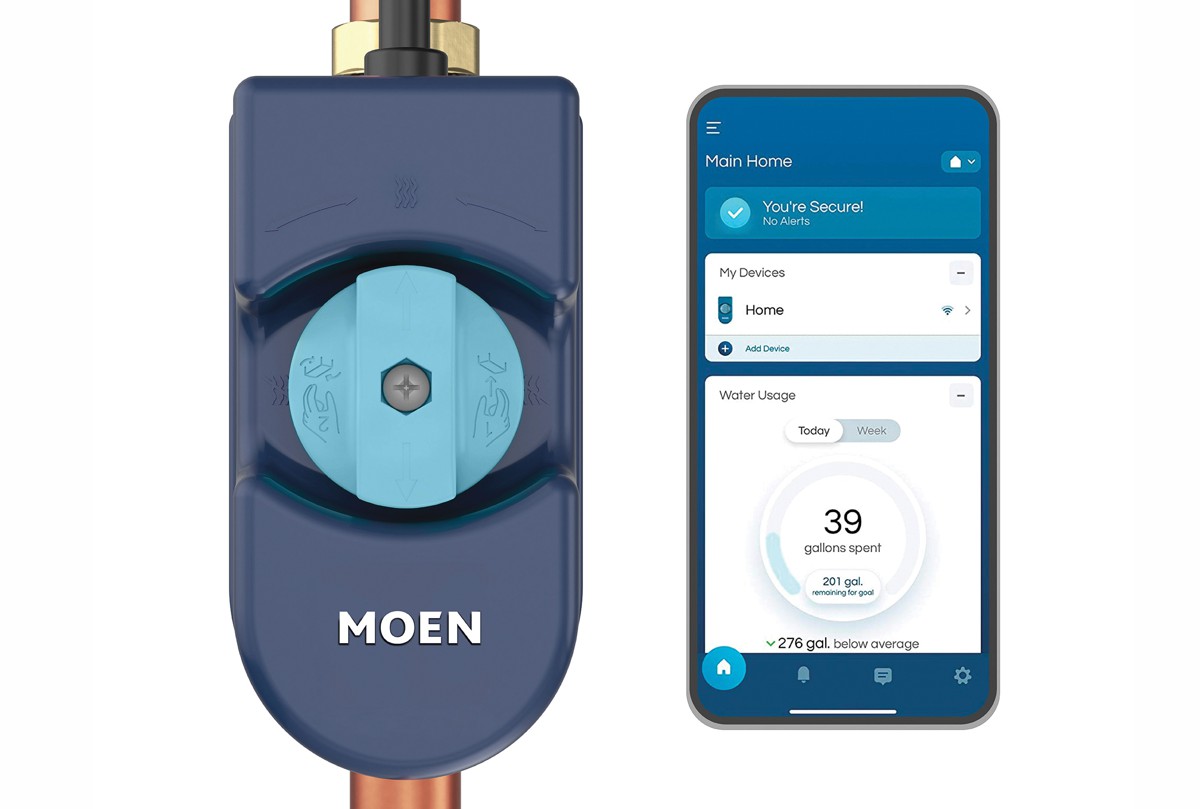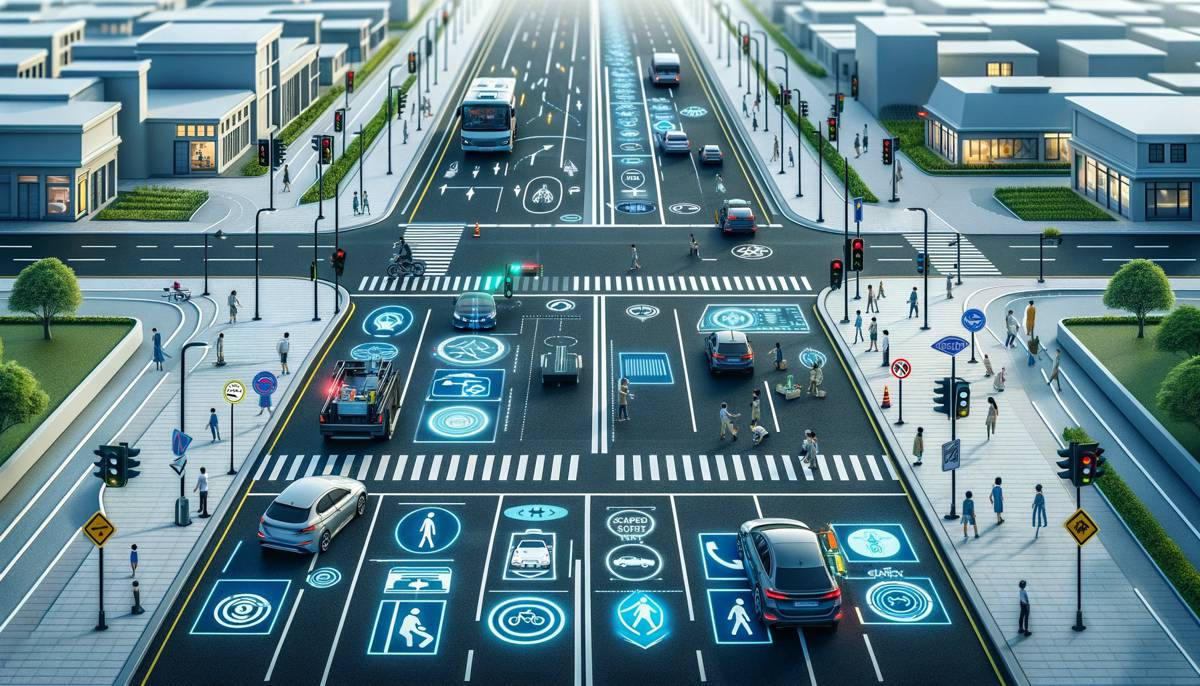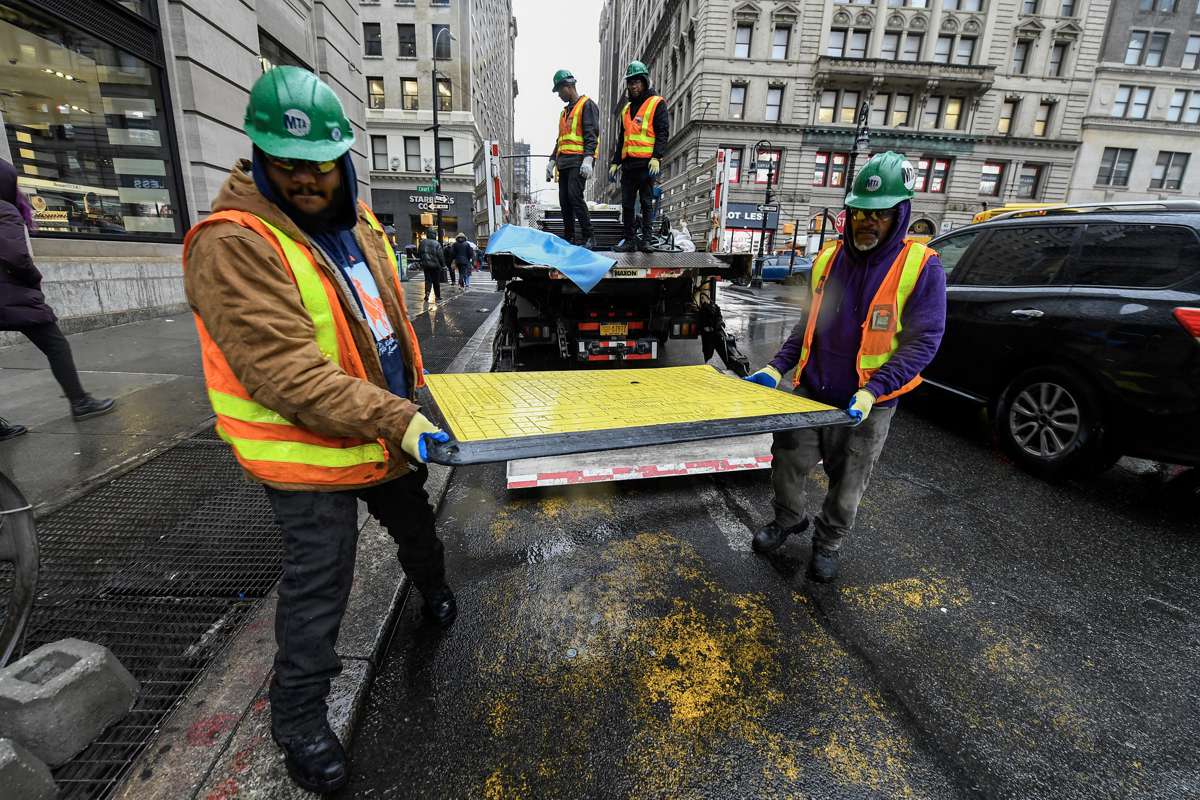Fleet Management and mitigating risks from common road accidents
The high frequency of road accidents makes driver safety one of the biggest challenges facing Fleet Management each day. In the US alone, 6 million car accidents every year happen every year, with more than 40,000 motor vehicle accident-related deaths in 2017.
Several factors come into play when looking at the cause of traffic accidents. It could be the weather, changing road conditions, or the fault of other road users such as another driver or pedestrian.
Apart from the risks posed by accidents to drivers, companies face significant losses when such accidents and traffic violations occur. Road accident claims are among the most expensive, almost double that of other types of workplace injuries — especially if the accident includes fatalities.
Up to 68% of companies recorded recent accidents, according to popular reimbursement platform provider Motus in its 2018 Driver Safety Risk report. These road accidents often lead to millions of dollars in claims and other costs. In 2017 alone, road accidents cost companies over $56 billion.
The stats on individual crashes are just as shocking. A report by the Occupational Safety and Health Administration (OHSA) found that vehicle crashes can cost employers between $16,500 and $74,000 for each injured driver.
US collision insurance claims have also risen over the past five years. Although Fleet Management companies plan for accidents through insurance, there is still a significant loss of time, productivity, and money when they occur.
Direct effects of crashes include:
- Severe injuries
- Expensive property damage
- Reduced productivity, slow operations and missed revenue opportunities due to decommissioned vehicles and injured drivers
- Third-party liability claims that cost a lot of money to settle, depending on the severity of the accident.
A significant number of traffic crashes happen because of driving infractions such as drunk and distracted driving. In many cases, these infractions are not easy to detect until they’ve caused accidents.
Common Driving Infractions
Several studies have been conducted to measure the frequency of road accidents caused by different infractions. A study by the National Highway Traffic Safety Administration has shown insights into the severity of some common driving infractions and their threat to driver safety.
Distracted Driving
Distracted driving refers to any behaviour that takes a driver’s attention off the road. This could include texting, making a phone call, eating, talking to a passenger and looking off the road, or drowsiness.
Drivers are expected to be alert and fully focused on the road with a forward view. Any deviation from this position could lead to easily avoidable car accidents.
According to a report by the National Highway Traffic Safety Administration (NHTSA), distracted driving accounts for 16.7 percent of drivers who contributed to road accidents. Accidents caused by distracted driving claimed 3,166 lives in 2017.
As the following statistics by the National Safety Council show, texting is the most common distracted driving behaviours. Texting while driving accounts for up to 390,000 injuries and up to 25% of accidents annually. It is also 6 times more likely to lead to accidents than drunk driving, because it takes a driver’s attention off the road for up to 5 seconds.
Eating or drinking while driving is another distracted driving behaviour that poses a serious risk to drivers. The NHTSA estimates that eating or drinking at the wheel accounts for up to 6 percent of near-miss crashes annually.
Drowsy Driving
Just like distracted driving, fatigued driving is also common and fleet managers must make it a priority to prevent it.
Drowsy driving due to fatigue, illness, or other conditions led to 72,000 crashes, 44,000 injuries, and 800 deaths in 2013. According to one report, drivers who are at risk of drowsy driving include those who work long shifts, do not get enough sleep, have untreated sleeping disorders, use medication that causes drowsiness, or are overworked.
Intoxication
Among the most dangerous driving infractions, driving while intoxicated on substances such as alcohol or marijuana accounts for a significant number of accidents each year.
According to research by Australia’s Transport Accident Commission (TAC), alcohol negatively affects a driver’s vision, perception, alertness, and reflexes. This makes it difficult to navigate roads or avoid accidents, presenting a plethora of safety issues that could easily be avoided by staying away from the driver’s seat.
The CDC puts the death toll of alcohol-related driving crashes at 10,497 in 2016 alone. In addition to the risks posed by drunk driving, narcotics were also found to be involved in about 16% of motor vehicle crashes.
Speeding
Speeding is one of the most common causes of fatal road accidents. A study by the National Transportation Safety Board (NTSB) showed that speeding caused 112,580 deaths between 2005 and 2014.
The study also showed that drunk driving and speeding are similar in their likelihood to cause fatal accidents for drivers and other road users. This is why the NTSB recommends more serious charges for speeding. Currently, it carries a lesser charge than driving under the influence of alcohol. Drivers would do well to keep a safe speed to avoid a hefty fine and keep themselves and others out of harm’s way.
Other driving infractions that lead to accidents include angry driving and ignoring stop signs. According to the Federal Highway Administration, 72% of crashes occur at stop signs.
Mitigating Driving Risks
Driving risks will always be present in Fleet Management and a driver’s transport cycle; however, some of them can be mitigated with preventive measures in place. Since liability claims and damages are suffered by the company, not the driver, the onus lies with employers to ensure that accidents are avoided. Some ways to ensure safe driving include:
Training Drivers to Avoid Risky Driving Behaviors
Risky driving behaviors, such as distracted driving, seem harmless when they do not result in accidents. Since many driving infractions are within the driver’s control, proper training is necessary to prevent them from showing these behaviors. Drivers should be trained to avoid using cell phones, eating, fiddling with the stereo or doing anything else that takes their concentration off the road.
Companies should have policies that highlight the negative effects of these driving infractions, such as accidents which could lead to death, injury, and liability claims. Each driver should be mandated to sign this policy and adhere to it at all times. Rules prohibiting these risky behaviors should be displayed around the workplace to serve as a reminder.
Reducing the Drivers’ Workload
In addition to training, drivers should be given adequate rest periods between shifts to avoid fatigue or drowsy driving. They should also be monitored for signs of intoxication and encouraged to avoid driving when sick.
Many drivers who work long shifts show signs of fatigue with effects similar to those of drunk drivers. These effects include poor vision, perception, judgment, and reflexes. Drowsy drivers may fall asleep while driving and veer off the road or collide with other road users.
Introducing a Driver Rewards System
Another great way to mitigate these risks is to recognize and reward good drivers. A common model is the leaderboard/rating system in which drivers score points for good driving which add up over time.
As drivers amass points, they can rank higher on the leaderboard. You could raise the stakes by encouraging drivers to score a certain number of points to earn a reward. This reward could be a bonus, tuition reimbursement, extra paid time off, or other benefits.
Platforms like Driveri have a GreenZone system that updates a driver’s score in real-time. A Fleet Management system like that could be used to monitor a driver’s rating without any bias.
Correcting Infractions as They Occur
Another way to reduce the occurrence of driving infractions is to correct drivers with penalties. These penalties can range from losing driver points to taking serious disciplinary action. Platforms like Driveri have an app that sends real-time notifications when risky behavior happens so fleets can promptly correct the issue.
Implementing Reliable Driver Safety Technology
The world of driver safety has evolved, leading to the adoption of technological tools that aid drivers and fleets in mitigating risks. Several of these tools combine emerging technologies such as artificial intelligence, machine learning and big data to provide insights to drivers. Their functions span data collection and analysis, video recording, vehicle-to-vehicle communication, and accurate vehicle fault diagnosis.
Advanced automated fleet management systems such as Netradyne’s Driveri act as an all-purpose platform for fleets. In addition to serving as an onboard driving coach, they handle driver rating systems, offer access to road data which can be used to make informed decisions, and monitor drivers for distracted driving behaviors.
Data is essential to every process. The study of past data influences how events occur in the future. In the automotive vehicle industry where a large number of accidents owing to many different factors happen every day, it is important to collect data.
This task is tedious without the use of advanced technology especially due to the number of miles traveled daily and how often road and driving conditions change.
Data analysis is also necessary because it tells you how past data is relevant to future events. Legacy systems that collect data for humans to analyze are slowly giving way to smart systems that analyze data and provide insights in real-time.
Another Fleet Management application of technology in driver safety is driver monitoring. As much as it is possible to train drivers on which behaviors to avoid, there is still a chance that they manifest these behaviors when no authority is around.
This is why driver monitoring is necessary. Constantly monitoring drivers via video cameras may be perceived as invasive and antagonistic. Instead, Driveri monitors signs of distracted driving behaviors such as yawning, head turns and drowsy eye movement to report in real-time. Its artificial intelligence system includes:
- Internal lens for the detection of distracted or drowsy driving behaviors such as yawning. After detecting such behaviors, the application adjusts a driver’s greenzone score (rating) in real-time. This ensures that managers are aware and can take immediate action.
- A comprehensive database and data analytics system. The platform has also analyzed over 1 million unique miles of US roads to date and makes this information accessible.
- A real-time video capture system consisting of forward, side, and interior HD cameras that capture high-quality videos of internal and external road events. Also, fleet managers can access up to 100 hours of video playback for records. This can be used as evidence during legal proceedings in the case of accidents.
- Access to 4G LTE / WiFi / BT connection within fleets for data transmission, analytics, and communication
- Location mapping using OBDII and GPS technology
- Vehicle Speed and Orientation mapping using a 3-Axis Accelerometer and Gyro Sensor
- A single module installation system.
Final Thoughts
Driving infractions are responsible for a significant number of motor vehicle accidents annually which cost employers millions of dollars in damages. Infractions such as distracted driving, intoxicated driving, speeding, and drowsy driving, account for the most crashes.
Fortunately, these behaviors can be prevented through driver training, the introduction of policies, rewards systems, and the use of technology.
Driver safety technology is necessary for data collection and analytics which helps fleets mitigate the risks associated with accidents. It also serves as a navigation and monitoring system while coaching the driver.
Netradyne’s Driveri uses artificial intelligence and other features like cameras, sensors, and machine learning to achieve these functions. It offers an advanced monitoring system for risky driving behaviors and notifies Fleet Management managers when any such behavior has been detected. Driveri also coordinates all its functions through a simple platform that drivers and managers can use and understand easily.















